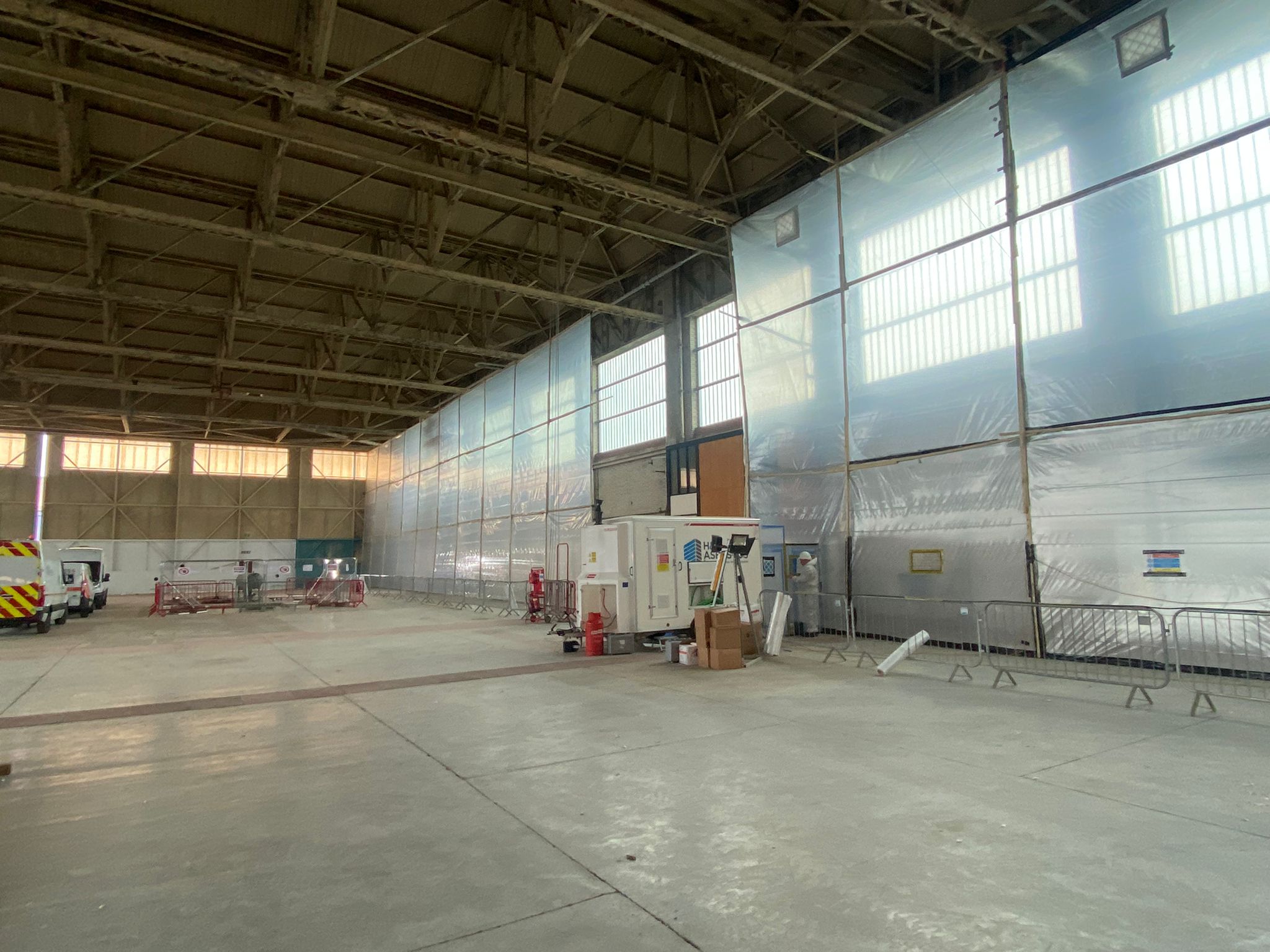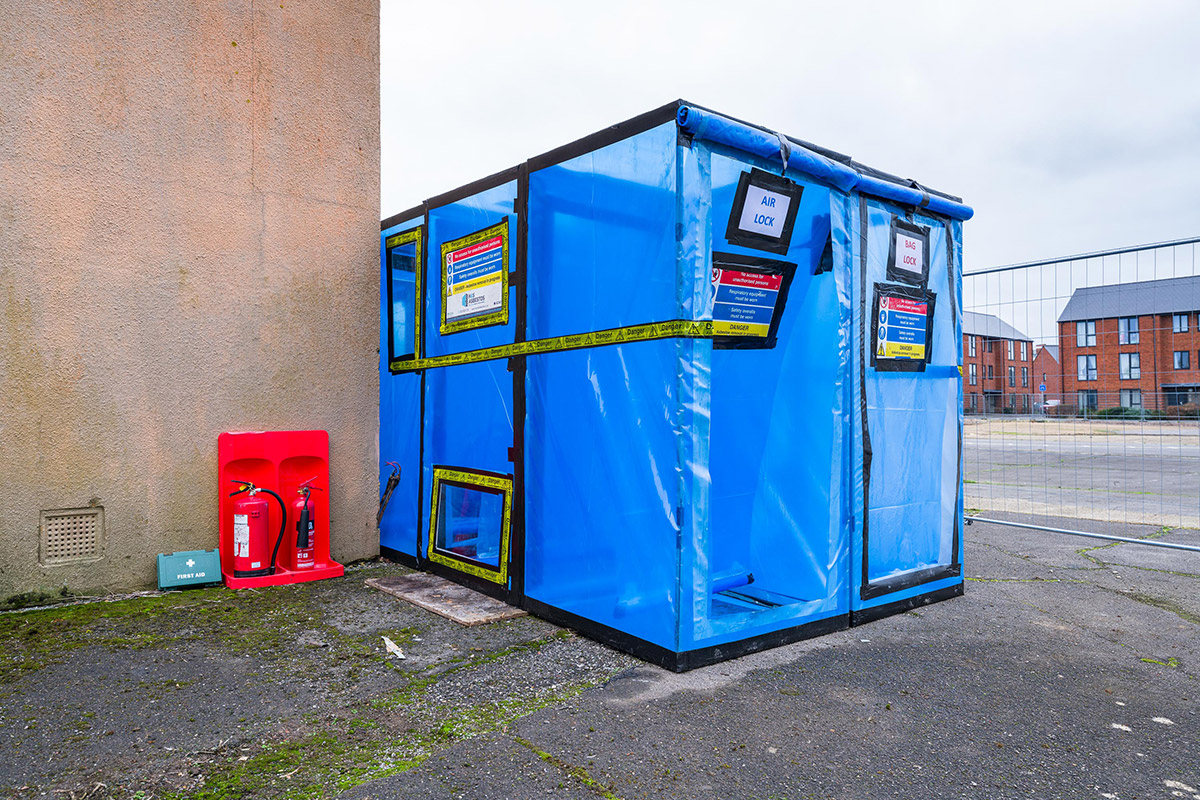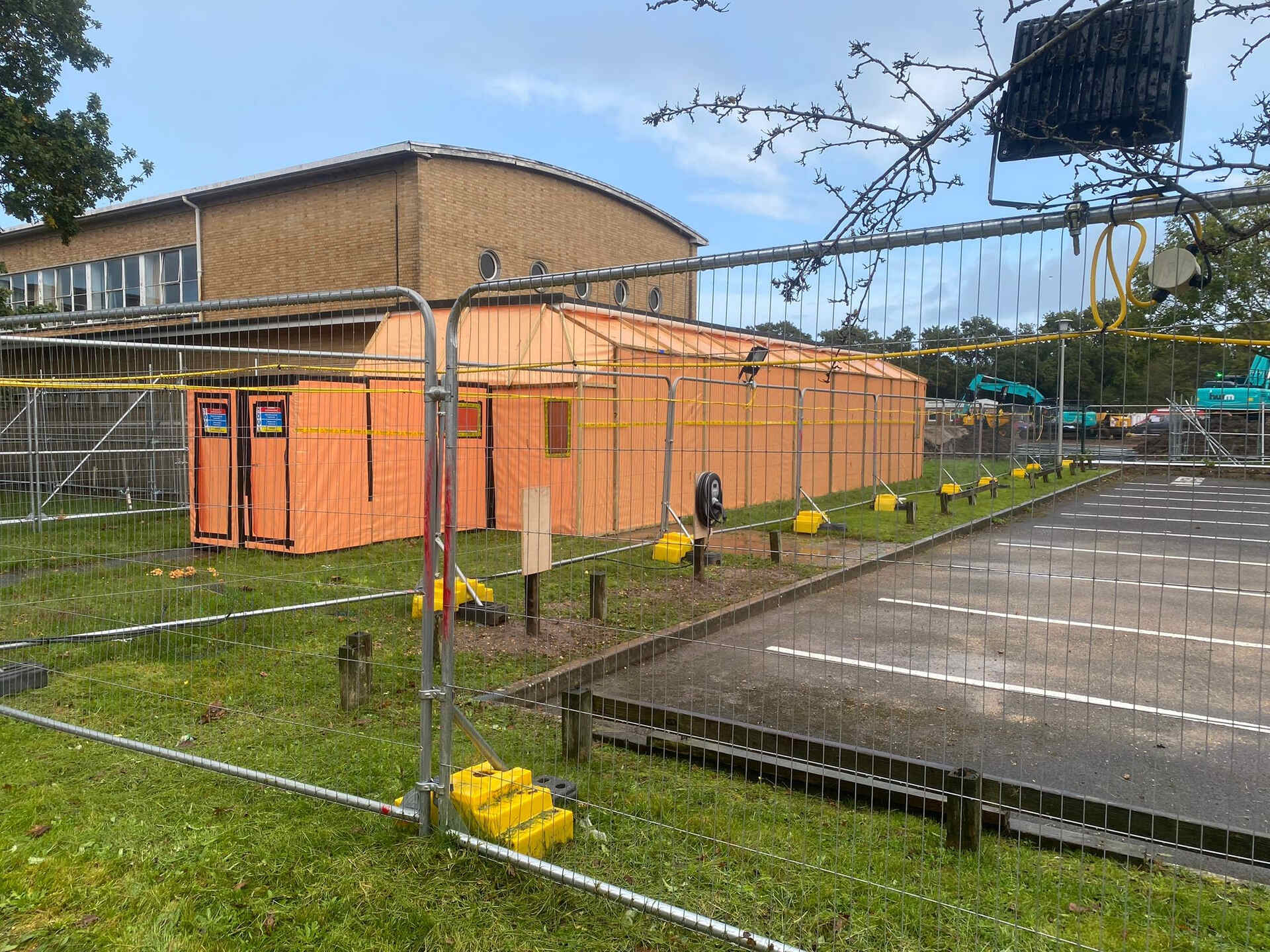Asbestos removal works: What to expect during the process
Luke Gould 11th September 2024
Asbestos removal works, whether commercial or domestic, is a complex and hazardous process that requires strict adherence to safety protocols.
Before the Removal
Before removal begins, conduct a thorough inspection and asbestos survey to identify the type, location, and condition of asbestos-containing materials (ACMs). Next, perform a detailed risk assessment to determine the level of risk and the appropriate control measures. Ensure compliance with regulations and guidelines, including notifying relevant authorities and obtaining necessary permits.
Prepare for removal with careful planning. Develop an asbestos management plan that outlines removal procedures, safety measures, and contingency plans. Then, prepare the site by marking controlled work areas with clear signage and restricting access to prevent unauthorised entry.
During preparation, implement crucial safety measures. Set up containment areas using plastic sheeting and negative air pressure units with separate airlocks for personnel and waste to prevent asbestos fibres from spreading. Equip workers with appropriate personal protective equipment (PPE), including respirators, disposable coveralls, gloves, and eye protection.
A dedicated decontamination unit will be set up as close to the works areas as possible for the use of our personnel and other authorised persons to be able to carry out a full decontamination upon completion of each shift.
During the Removal
During removal, use wet methods to minimise asbestos fibre release into the air. Remove asbestos materials carefully by hand to prevent breakage and fibre release, using specialized tools and HEPA-filtered vacuum cleaners. Pack asbestos waste securely by double-bagging it in heavy-duty, labelled bags or placing it in sealed containers. Arrange safe transport of the waste to a licensed disposal facility.
After the Removal
After removal, keep detailed records of the process, including air monitoring results, waste disposal receipts, and clearance certificates. Depending on the project, schedule follow-up inspections to ensure no asbestos remains and the area stays safe.
Domestic vs. Commercial Differences
Commercial projects usually involve larger-scale work, covering multiple buildings or extensive areas. They require extensive planning, larger containment areas, and complex coordination. These projects can last from weeks to months, depending on size and complexity, and typically incur higher costs due to their scale, complexity, and regulatory requirements.
Domestic projects are usually smaller and focus on specific areas within a home, such as a single room or roofing materials. These projects generally take less time, often completing within a few days to a week. Although less complex, they still require stringent safety measures. Costs for domestic projects are lower than for commercial projects but remain significant due to the need for specialized handling and safety precautions.
In both commercial and domestic settings, the primary focus is on ensuring safety, compliance with regulations, and thorough removal and disposal of asbestos materials.

How H&S Asbestos can help
We are a fully licenced Asbestos Removal company based on the South Coast. We have been established since 2020, and our management team have over 50 years of industry experience.
Asbestos removal involves a meticulous process with multiple stages to ensure safety and regulatory compliance. Plan carefully, execute precisely, and document thoroughly to manage the risks associated with asbestos exposure effectively.
If you are unsure or would like to talk to the team about potential asbestos on-site, please get in contact on 02392 833178 or by emailing info@handsasbestos.co.uk.



